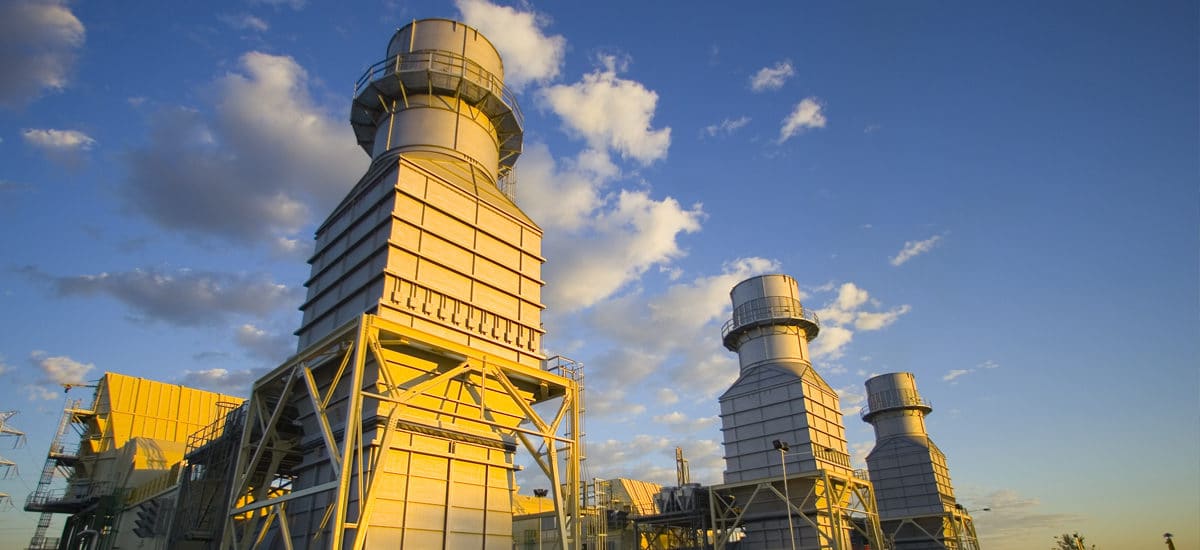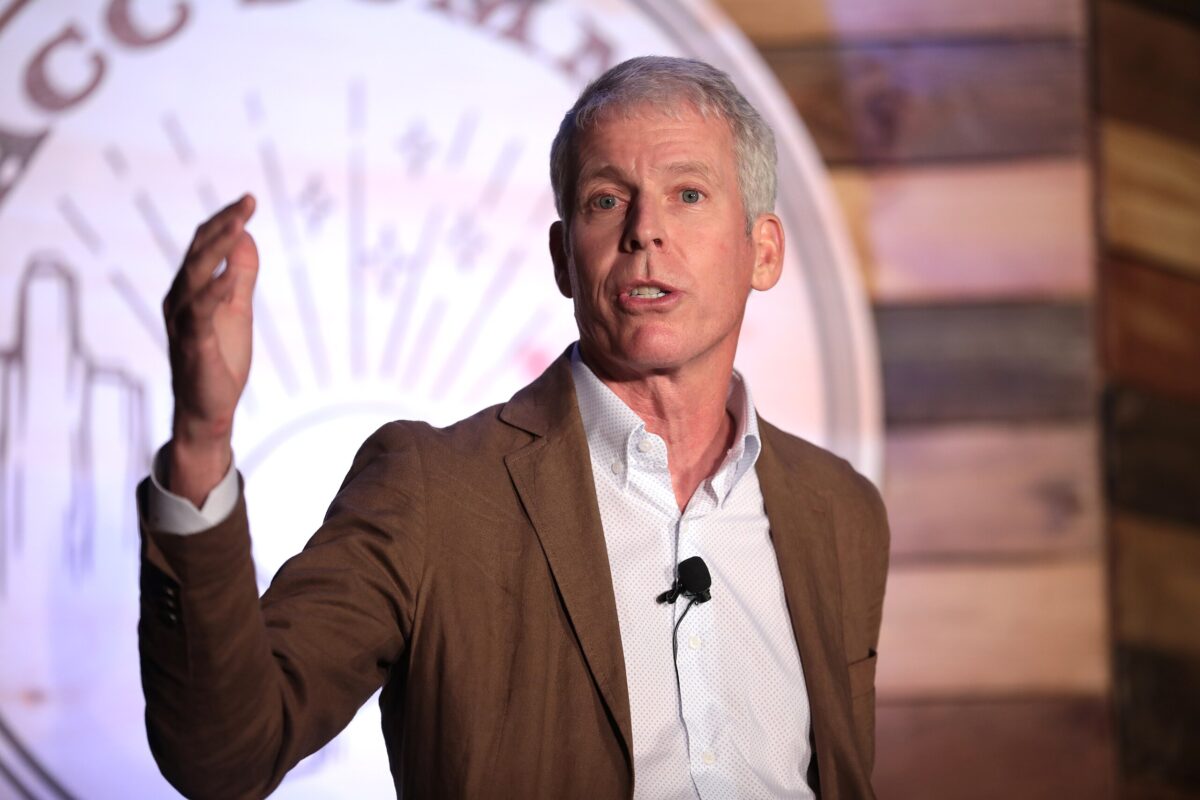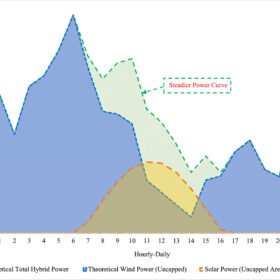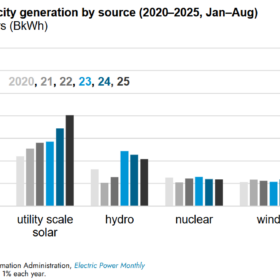DTE Energy has been in the center of a number of fights over the future of energy in the Michigan, and usually seems to take the side of the past. In particular, the Michigan utility has backed a plan to dismantle net metering and has taken fire for its plan to build a new gas plant to retire coal-fired generation.
So it may come as little surprise that DTE’s plan to meet Michigan’s unambitious 15% by 2021 Renewable Energy Standard (RES) does not include much solar. But even the cynical editorial team at pv magazine USA was shocked by just how little solar the plan involves.
DTE’s 2018 Renewable Energy Plan envisions the utility building only 13 MW-AC of new solar over the next two years to meet the state’s RES mandate. Instead, the utility’s plan to comply with the law relies almost entirely on wind, at 77% of all renewable energy in 2022.
“At present wind is the most cost-effective form of renewable energy in Michigan, and wind remains less expensive than solar,” DTE Energy Spokesperson Cynthia Hecht told pv magazine. “That being said, we do see a day when the price of solar will be competitive with wind.”
DTE says that it plans to build more wind and solar over the next few years beyond what is required for RPS compliance, but has not supplied solid numbers regarding capacities or timelines.
In fact, the plan shows solar representing less than 2% of renewable energy generation and procurement for the RES through 2022. This includes precisely zero megawatt-hours of generation from community solar.
Gas plants, not solar
Distributed generation looks even more dismal than large-scale solar in DTE Energy’s plan, with the utility expecting that the contributions of net-metered solar in meeting RES targets will decline each year to 2022.
This is despite solar being more well positioned to help reduce peak electricity demand than wind. In the plan solar is given a 100% contribution to capacity, and wind only 13%, indicating that solar generation in Michigan aligns with peak electricity demand, as it does in nearly all parts of the nation.
It is clearly that DTE’s preference is to build gas plants to meet this peak. This is despite an analysis by Union of Concerned Scientists which shows that a mix of renewable energy, energy efficiency and demand response would save ratepayers $339 million compared to the $989 price tag for the utility’s planned gas plant in New China. Concerns have also been voiced by the Michigan Public Service Commission, however the body has recommended approval for the project regardless.
“DTE is repackaging its plan to meet modest 15 percent state clean energy requirements today, but is proceeding with its poorly conceived gas plant proposal,” said Becky Stanfield, Director of Western States for Vote Solar.
“Meanwhile, across the country, utilities are finding that renewables beat gas on price, economic development and can meet energy needs reliably. DTE is anchoring Michigan to another generation of fossil fuel plants to benefit shareholders, not customers.”
Correction: This article was changed on April 3 at 3:20 PM EST and again on April 4 at 8:42 PM EST to clarify that DTE Energy’s statements in this plan only reflect changes through 2022, not 2029 as was originally stated, and that they only reflect RES-related procurement. We regret the errors. Additionally we have included DTE Energy’s statement that it plans to add more solar and wind beyond what is required to comply with the RES.
This content is protected by copyright and may not be reused. If you want to cooperate with us and would like to reuse some of our content, please contact: editors@pv-magazine.com.









Large-scale deployment of Renewable Energy Sources (RES) has led to significant generation shares of variable
RES in power systems worldwide. RES units, notably inverter-connected wind turbines and photovoltaics (PV) that as
such do not provide rotational inertia, are effectively displacing conventional generators and their rotating machinery.
The traditional assumption that grid inertia is sufficiently high with only small variations over time is thus not valid
for power systems with high RES shares. This has implications for frequency dynamics and power system stability
and operation. Frequency dynamics are faster in power systems with low rotational inertia, making frequency control
and power system operation more challenging.
https://arxiv.org/pdf/1312.6435.pdf
My understanding is that this issue has been addressed in nations such as Denmark that utilize high shares of non-hydro renewables. Furthermore, it is not mentioned a prohibitive technical barrier in any of the literature (NREL, CPI, etc.) that looks at reaching 80% of more wind and solar on an annual basis.